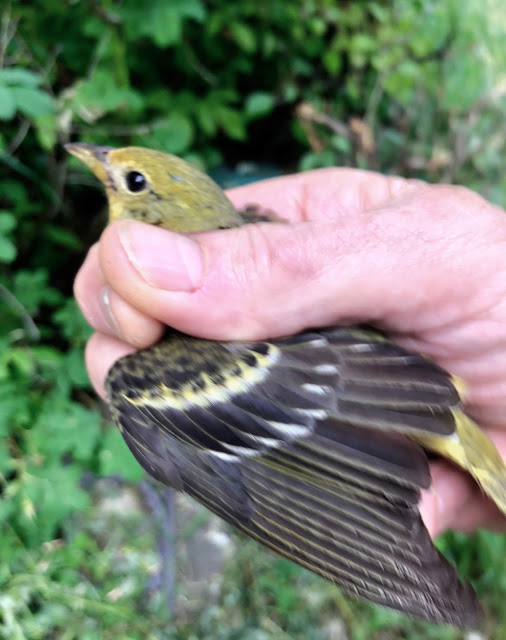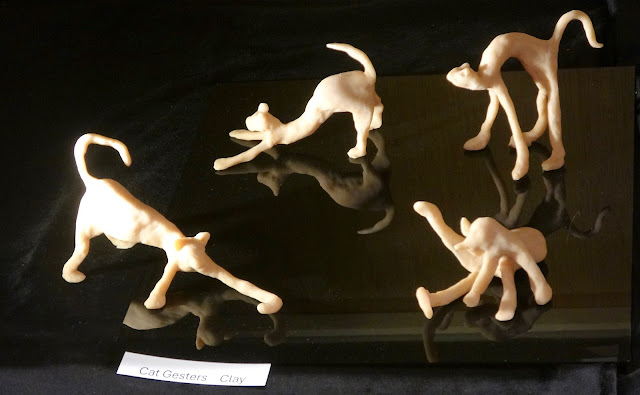On June 21st, I started telling you this story about a 1994 fire camp south of Valemount,. If you remember, I had to get up at 5:00 but was soon wide awake after mistakenly brushing my teeth with Ben Gay, the ointment I used for a sore back. Here is the rest of the day:
I got to the fire camp an hour later. It was dark and damp after the overnight rain and wind storm. I found the Fire Camp chaotic and in disarray. No one knew what was going on. There was no Camp Boss or Fire Boss, and my job was not to run the camp, but to coordinate helicopter traffic. I made a call to Valemount and they sent out both a Camp Boss and a Fire Boss.
While we were waiting, I had the fire fighters work to put camp back together after all of the wind and rain. Grant, the Fire Boss arrived, but didn’t stay long because one of the fire fighters had a bleeding ulcer, so Grant had to drive him to Valemount. He was gone for longer than I expected so I was the one who send out the crew to the fire.
The Fire Camp was not located in a very good spot. It was in a field right beside a railroad track and trains seemed to be always parked on the track for a very long time, continually blocking our access to the highway and inhibiting a lot of what we needed to do. This caused no end to snafus and a lot of ill feelings.
That afternoon I had to run one of the First Nation’s fire fighters to the dentist in Valemount, because he had lost a filling. That evening, another lightning storm blew through and we watched as lightning struck a tree which flamed up on the mountain slope across the highway, but fortunately the fire didn’t spread into the surrounding trees.
The next day I got to sleep in until 6:00 because of a heavy overnight rain. I got to the staging area at 7:00, but Grant the Fire Boss again arrived late. The heavy rain had extinguished the fire, so as soon as the fog lifted and the helicopter could take off, I sent the Kalum First Nation’s crew back to the fire to pick up the pumps, hoses, and other equipment. It was decided to demobilize the camp and send the Kalum crew back home as soon as they returned to camp and all of the fire fighting equipment was off of the mountain.
Once they and the equipment had been helicoptered back to the camp, I had the crew gather up all of their possessions, and boarded them onto a bus that would take them to Blue River, where they could be flown home on a plane. However another glitch arose. After they had all boarded the bus and were ready to head down Highway 5, the bus’s engine blew, which then sent us scrambling to find another bus to drive them to Blue River.
We all had to hang around for hours before a new bus arrived, but eventually the fire fighters were on their way home. I was then released from my duties and also headed home. I had to make a stop at the Valemount dump to empty all the trash from the camp, that had been loaded onto the back of the Forestry pickup. I also had to make a stop at the Valemount Fire Cache, where f the big shot “O Team” members (the big bosses) stood around chewing the fat.
I finally got back home at 7:00 in the evening. I was tired and very happy to be back home, away from all of the chaos. My wife and I took a refreshing dip in the pond to help renew me to my everyday life.
Take a look at my paintings: davidmarchant2.ca












